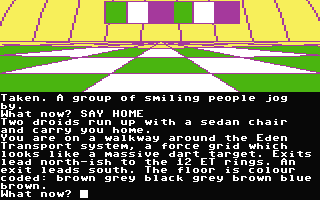
Level 9 was a British developer of computer software, active between 1981 and 1991. Founded by Mike, Nicholas and Pete Austin, the company produced software for the BBC Micro, Nascom, ZX Spectrum, Commodore 64, Oric, Atari, Lynx 48k, RML 380Z, Amstrad CPC, MSX, Amiga, Apple II, Memotech MTX, and Enterprise platforms and is best known for its successful text adventure games until a general decline in the text adventure market forced their closure in June 1991.

Colossal Adventure is a text based adventure game published by Level 9 Computing in 1982. It was originally released for the Nascom.

Tornado Low Level is a multidirectional flight game developed by Costa Panayi and published in 1984 by the company he co-founded, Vortex Software. The game was released for the ZX Spectrum in 1984, with ports for the Amstrad CPC and Commodore 64 in 1985.
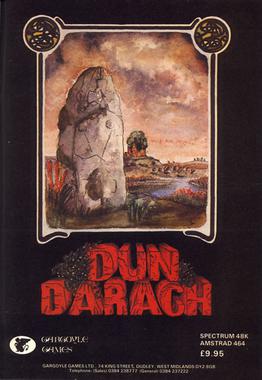
Dun Darach is an arcade adventure developed and published in 1985 by Gargoyle Games for the ZX Spectrum and Amstrad CPC computers. It is a prequel to the 1984 game Tir Na Nog. The plot has Celtic hero Cuchulainn on a search to find his companion Lóeg in the mysterious city of Dun Darach. Inspiration for the game came from the works of Fritz Leiber and Michael Moorcock.

Basil the Great Mouse Detective is a platform, action-adventure game designed by Bob Armour and published by Gremlin Graphics in 1987 for the Amstrad CPC, Atari 8-bit and Commodore 64 home computers. The game is based on the 1986 Disney animated film The Great Mouse Detective.
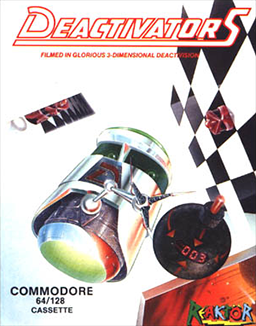
Deactivators is a 1986 puzzle video game designed by David Bishop and Chris Palmer, developed by Tigress Marketing and System Software, and published by Ariolasoft's action game imprint Reaktor. The player controls bomb disposal robots known as deactivators and must use them to deactivate bombs planted by terrorists in five research complexes. The concept for the game came from a brainstorming session between Bishop and Palmer; its design and development took five to six months to complete. It was released for the Amstrad CPC 464, Commodore 64, and ZX Spectrum platforms in October 1986.
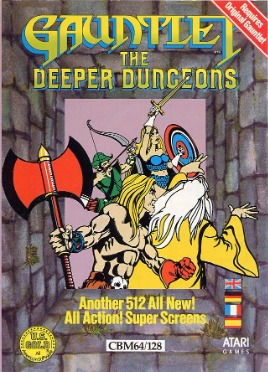
Gauntlet: The Deeper Dungeons is an expansion pack for Gauntlet.

Blade Runner is a 1985 shoot 'em up game loosely inspired by the 1982 film Blade Runner. The game was published in 1985 by CRL Group PLC for Commodore 64, ZX Spectrum, and Amstrad CPC. Reviews of the game were mostly negative.
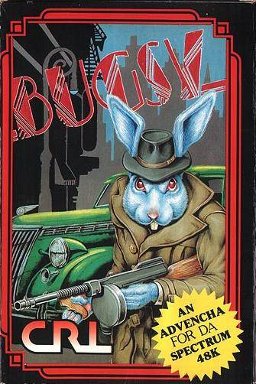
Bugsy, also known as The King of Chicago, is a 1986 graphic adventure game for the Commodore 64, Amstrad CPC, and ZX Spectrum developed by St. Bride's School and published by CRL Group exclusively in Europe. Its protagonist, Bugsy Maroon, is a rabbit gangster in 1922 Chicago.

Three Weeks in Paradise is a video game released in 1986 by Mikro-Gen for the ZX Spectrum and Amstrad CPC platforms. It is the last action-adventure platform in the Wally Week series.
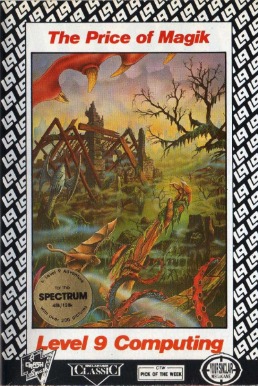
The Price of Magik is the third game in the Time and Magik trilogy.

Red Moon is the second game in the Time and Magik trilogy.
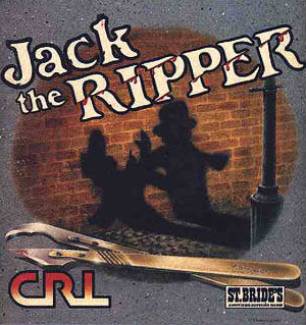
Jack the Ripper is a text adventure computer game designed by St. Bride's School and released by CRL in 1987 for the Commodore 64, Amstrad CPC and ZX Spectrum home computers. The game is based on the notorious "Jack the Ripper" murders in 1880s London.

Light Force is a 1986 vertically scrolling shooter designed by Greg Follis and Roy Carter, developed by their company Gargoyle Games, and published under their Faster Than Light imprint. It was released for the Amstrad CPC, Commodore 64, and ZX Spectrum platforms.
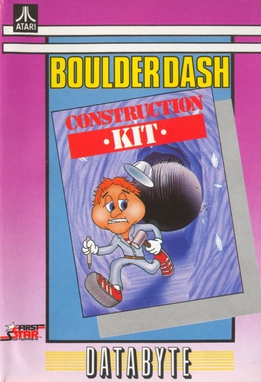
Boulder Dash Construction Kit is the fourth game in the Boulder Dash series. It published for the Commodore 64 and Atari 8-bit family in 1986 by Epyx. Ports were released for the Apple II, Atari ST, Amiga, Amstrad CPC, ZX Spectrum, and MS-DOS. The Spectrum version was rereleased as Boulder Dash IV: The Game. Boulder Dash Construction Kit includes new levels and a level editor.
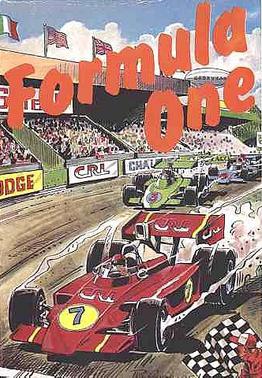
Formula One is a Formula One racing management video game published in 1985 by CRL Group PLC. It was developed by G.B. Munday and B.P. Wheelhouse for the ZX Spectrum, and converted to Amstrad CPC by Richard Taylor.

Silicon Dreams is a trilogy of interactive fiction games developed by Level 9 Computing during the 1980s. The first game was Snowball, released during 1983, followed a year later by Return to Eden, and then by The Worm in Paradise during 1985. The next year they were vended together as the first, second and last of the Silicon Dreams.

Legend of the Sword is a 1988 fantasy interactive fiction video game developed by Silicon Soft and published by Rainbird Software for the Atari ST. Ports for the Amiga and MS-DOS were released later. A Macintosh version was expected to release shortly after the Atari ST version but was never released. A sequel, The Final Battle, was released in 1990.

Questprobe featuring Human Torch and the Thing is the third and final video game in the Questprobe series.
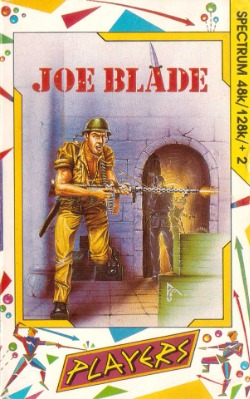
Joe Blade is a game published by Interceptor Micros on their Players budget label for the ZX Spectrum, Commodore 64 and Amstrad CPC in 1987. It reached the top of the UK game charts, replacing Renegade. In Germany, the game peaked at number 7. It was later ported to the Acorn Electron, BBC Micro, Atari 8-bit, MSX, Amiga and ST and a sequel, Joe Blade 2, was published in 1988. Another sequel, Joe Blade 3, was released in 1989.


